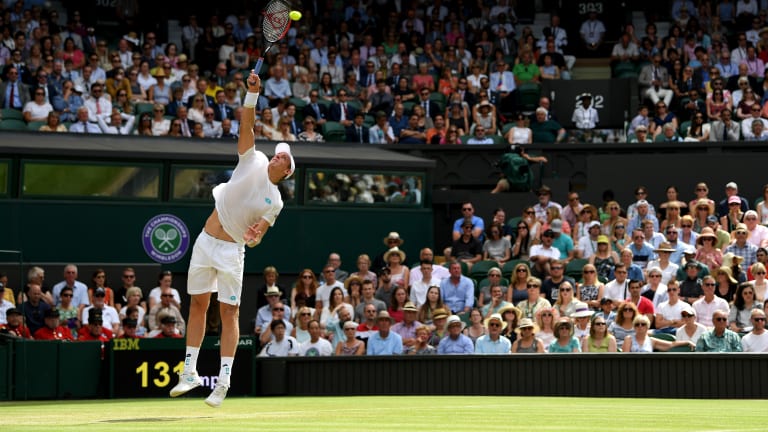Your Game
TECH Talk: Kevin Anderson comes out of retirement to make a deep run at Hall of Fame Open
By Jul 21, 2023Your Game
Tecnifibre releases special-edition Danille Collins pickleball paddle
By Oct 04, 2025Your Game
Racquet Preview: Solinco unveils Blackout V2
By Sep 24, 2025Your Game
Geared Up: Victoria Mboko is turning heads in all Wilson
By Sep 23, 2025Your Game
Racquet Review: Dunlop CX 200 (18x20) Limited Edition
By Sep 17, 2025Your Game
Racquet Review: Wilson Ultra Pro 99 v5
By Sep 14, 2025Your Game
Yonex goes dark on Percept racquet line
By Aug 28, 2025Your Game
Babolat gives the Pure Strike a makeover with carbon grey cosmetic
By Aug 25, 2025Your Game
Head launches second edition of Speed Legend series
By Aug 24, 2025Your Game
Asics releases its Night Energy Collection
By Aug 23, 2025TECH Talk: Kevin Anderson comes out of retirement to make a deep run at Hall of Fame Open
After 14 months away from the game, the towering former world No. 5 stormed into the quarterfinals in Newport using his signature shot.
Published Jul 21, 2023
Advertising
Advertising

Kevin Anderson is widely recognized for having one of the biggest serves on tour.
© Getty Images